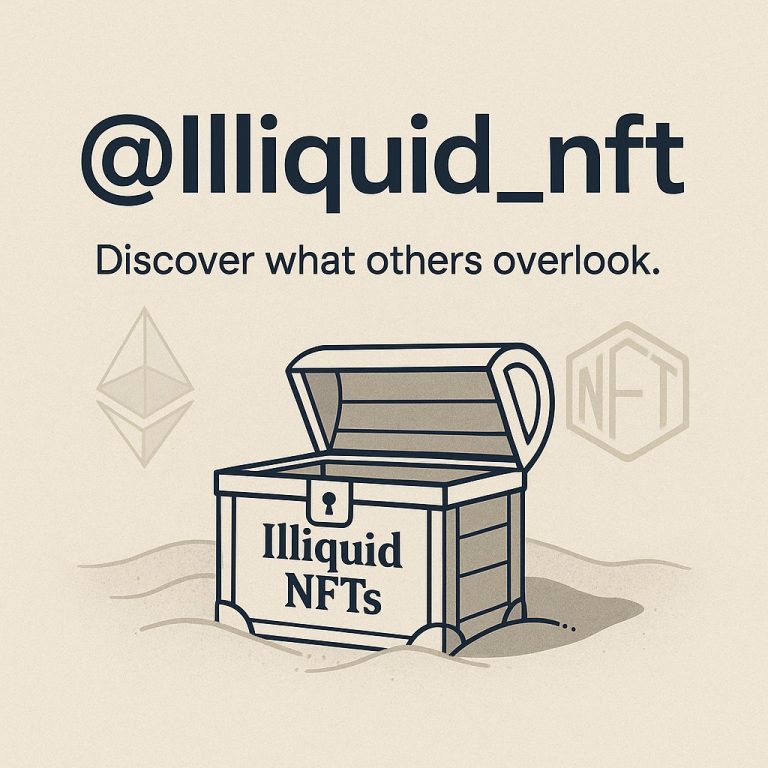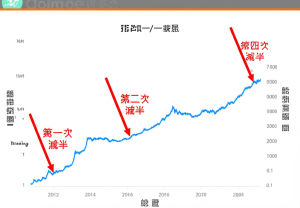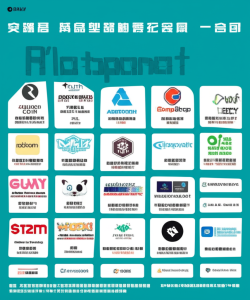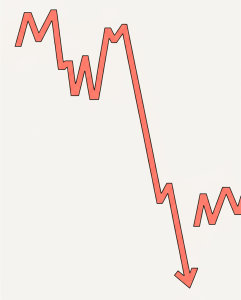
The Power of Analysis in Modern Communication
The Hook of Analysis
In the digital age, the word “analysis” has become ubiquitous, popping up in tweets, financial reports, and everyday conversations. From predicting market trends to understanding social behaviors, analysis has become an indispensable tool. But what exactly does it mean, and why is it so powerful? Let’s dive in and explore the fascinating world of analysis.
The Art of Breaking Down Complexity
What is Analysis?
At its core, analysis is the process of breaking down complex information into smaller, more manageable parts to understand it better. It’s like taking apart a puzzle to see how all the pieces fit together. This process can be applied to virtually any field, from science and technology to literature and social sciences.
The Role of Analysis in Decision Making
Analysis plays a crucial role in decision-making. By examining data and trends, individuals and organizations can make informed choices. For instance, financial analysts use data to predict market trends and advise investors on where to put their money. Similarly, social analysts study behaviors and patterns to understand societal trends and inform policy-making.
The Science Behind Analysis
Data Collection and Interpretation
The first step in any analysis is data collection. This involves gathering information relevant to the subject at hand. Once the data is collected, it needs to be interpreted. This is where the real magic happens. Analysts use various tools and techniques to make sense of the data, identifying patterns, trends, and anomalies.
Tools and Techniques
There are numerous tools and techniques used in analysis. Some of the most common include statistical analysis, data mining, and machine learning. These tools help analysts process large amounts of data quickly and accurately, making it easier to draw meaningful conclusions.
The Impact of Analysis on Society
Predicting Market Trends
One of the most significant impacts of analysis is in the financial sector. By analyzing market data, analysts can predict trends and advise investors on where to put their money. This can lead to significant profits, as seen in the tweet about a potential 200-300% return per week. However, it’s important to note that while analysis can provide valuable insights, it’s not foolproof. Markets are influenced by a multitude of factors, many of which are unpredictable.
Understanding Social Behaviors
Analysis also plays a crucial role in understanding social behaviors. By studying patterns and trends, analysts can gain insights into societal issues, inform policy-making, and drive social change. For example, the tweet about a government’s actions towards protesters highlights the role of analysis in understanding and responding to social issues.
The Future of Analysis
The Rise of Big Data
As we move into the future, the role of analysis is only set to become more important. With the rise of big data, we have more information at our fingertips than ever before. This presents both opportunities and challenges. On one hand, it allows for more accurate and detailed analysis. On the other hand, it requires sophisticated tools and techniques to process and interpret the data.
The Role of AI and Machine Learning
Artificial Intelligence (AI) and machine learning are set to play a significant role in the future of analysis. These technologies can process vast amounts of data quickly and accurately, identifying patterns and trends that would be impossible for humans to spot. This could revolutionize fields as diverse as healthcare, finance, and social sciences.
Conclusion: The Power of Insight
In conclusion, analysis is a powerful tool that helps us make sense of the world around us. From predicting market trends to understanding social behaviors, it plays a crucial role in decision-making and driving change. As we move into the future, the role of analysis is only set to become more important. So, the next time you hear the word “analysis,” remember that it’s not just about breaking down complex information. It’s about gaining insight, making informed decisions, and driving change.








